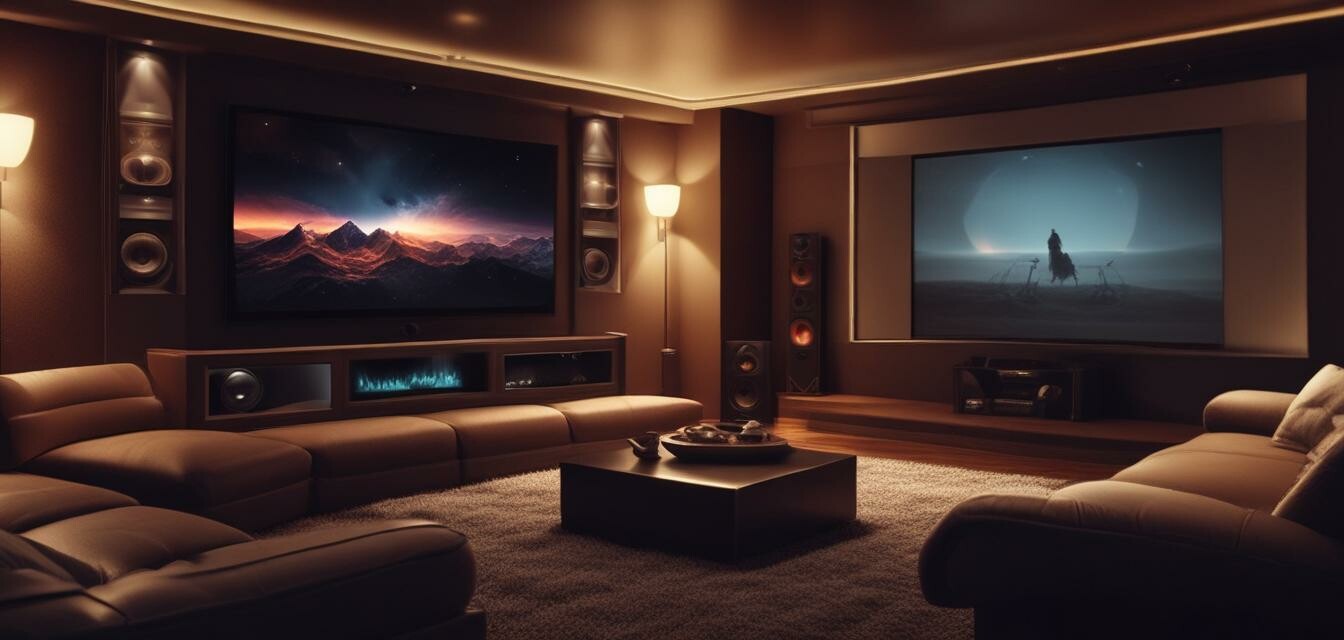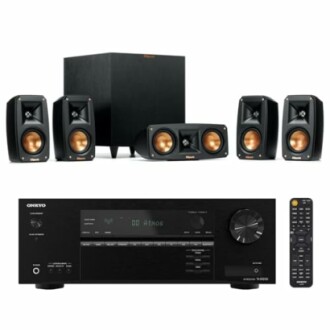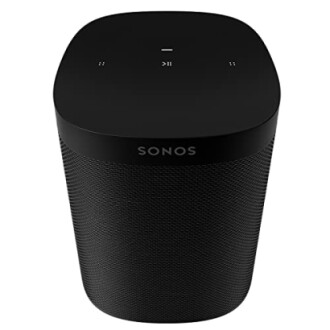
Essential Buying Tips for Home Theater Systems
Key Takeaways
- Consider your room's size and layout before selecting a system.
- Choose speakers that suit your audio preferences: surround sound or stereo.
- Look for systems with easy connectivity options, such as Wi-Fi or Bluetooth.
- Evaluate the receiver's power output for optimal sound quality.
- Don’t overlook the importance of subwoofers for deep bass impact.
Are you thinking about creating your own cinematic experience at home? Investing in a home theater system can transform your movie-watching and music-listening experience. This guide provides essential tips on what to look for when selecting a home theater system to ensure you get the best sound experience within your budget.
Understanding Home Theater Systems
A home theater system typically consists of several components, including speakers, a receiver, and sometimes additional devices like streaming players. They come in various configurations to enhance your audio experience. The most common configurations include:
- 2.1 Channel: Two speakers and one subwoofer.
- 5.1 Channel: Five speakers and one subwoofer, adding surround sound for a more immersive experience.
- 7.1 Channel: Seven speakers and one subwoofer, providing even better surround sound dynamics.
Key Factors to Consider
1. Room Size and Layout
Your room's dimensions play a crucial role in determining which home theater system will work best for you. A larger room may require more powerful speakers and additional units for optimal sound delivery. Consider using a budget home audio speakers guide to find systems that can fill your space.
2. Types of Speakers
There are several types of speakers available:
| Speaker Type | Description |
|---|---|
| Floor-Standing Speakers | Large speakers that provide great audio quality, suitable for larger rooms. |
| Bookshelf Speakers | Smaller speakers that can easily fit on shelves or stands. |
| Soundbars | Convenient and compact; ideal for small spaces and simple setups. |
| Subwoofers | Specialized for deep bass sounds, enhancing overall audio immersion. |
3. Connectivity Options
Look for systems that offer various connectivity options, such as:
- Wi-Fi and Bluetooth for streaming music from devices.
- HDMI inputs for easy connections to TVs and other media devices.
4. Power Output
Speakers and receivers come with different power ratings. Higher power output means you can achieve louder volumes without distortion. Be sure to check the power ratings to match them to your room size.
5. Features and Technology
Modern home theater systems may include smart features, voice control options, and compatibility with virtual assistants. Look for features that enhance your enjoyment, such as:
- Streaming capabilities from popular services.
- Multi-room audio support.
- Room calibration technology for better sound optimization.
Product Recommendations
Here are two highly recommended systems to consider:
Klipsch Reference Theater Pack 5.1-Channel Speaker System + Onkyo TX-SR3100 80W 5.2-Channel AV Receiver
This compact system includes a combination of satellite and center speakers along with a powerful subwoofer for an immersive sound experience.
Learn MoreFor a more versatile smart option, consider the:
Sonos One SL - Microphone-Free Smart Speaker – Black
Delivering rich, room-filling sound, this versatile speaker includes various smart controls and pairs seamlessly with other Sonos devices.
Learn MoreInstallation and Setup
Once you've selected your system, ensure proper setup for optimal performance. Follow these tips:
- Position speakers at ear level when seated.
- Keep the subwoofer away from walls to prevent muffled sound.
- Utilize calibration settings in receivers to enhance sound quality based on your room layout.
Conclusion
Choosing the right home theater system doesn’t have to be overwhelming. By considering your space, audio preferences, and the features you desire, you can find the perfect system to create a cinematic experience in your home. For more detailed guides on speakers, don’t forget to explore our Buying Guides category for steps to help simplify your purchasing process.
Beginner's Tips
- Try before you buy – Listen to different speakers to find your preferred sound.
- Keep your budget flexible to allow for essential accessories like cables and mounts.
- Research customer reviews online for real user experiences.

